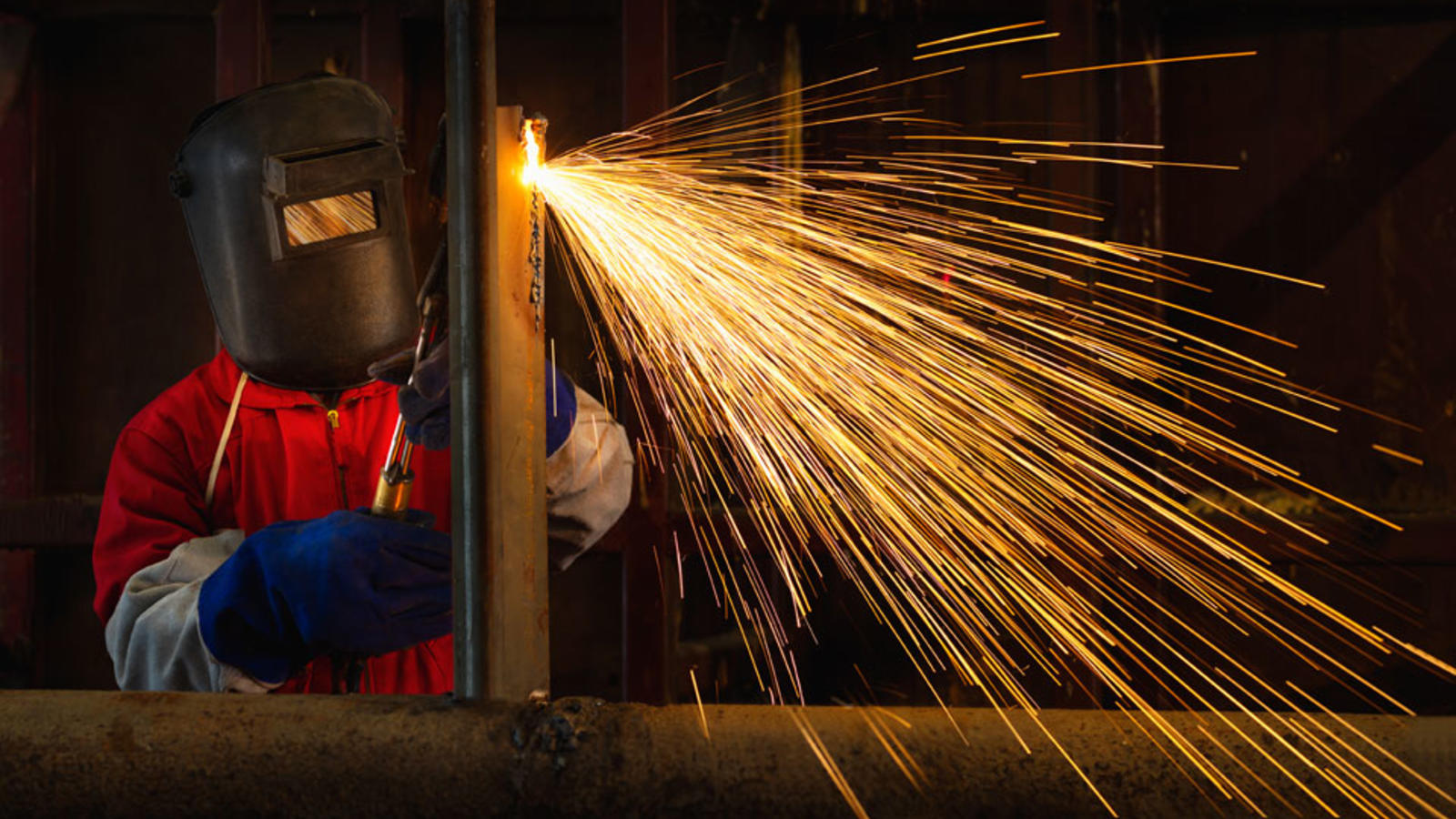Understanding Welding WPS Requirements: Ideal Practices and Techniques for Quality Welds
In the realm of welding, mastering Welding Treatment Specification (WPS) requirements is a crucial component that straight affects the high quality and honesty of welds. As we navigate through the complexities of welding WPS criteria, uncovering essential understandings and approaches for accomplishing top-tier welds will certainly be vital for welders seeking to succeed in their craft and generate welds that stand the test of time.
Understanding Welding WPS Requirements
Comprehending WPS standards is vital for welders, engineers, and examiners associated with welding operations. By complying with WPS guidelines, welders can produce welds that satisfy the required mechanical properties and structural honesty. Examiners rely upon WPS documentation to confirm that welding treatments are being complied with correctly which the resulting welds are of top quality. Designers use WPS standards to make welding procedures that make certain the resilience and dependability of welded frameworks.


Necessary Devices for Top Quality Welds
Grasping welding WPS standards is vital for welders to successfully use the important devices required for generating high quality welds. Among the most important tools for high quality welds is a welding maker. The kind of welding maker needed depends on the welding process being used, such as MIG, TIG, or stick welding. Welding helmets are also essential to protect the welder's eyes and face from triggers, warmth, and UV radiation. Furthermore, welding gloves constructed from long lasting and heat-resistant materials protect the hands from burns and injuries. Magnets and clamps help hold the work surfaces with Discover More each other safely during the welding procedure, making sure exact and specific welds. Wire brushes and damaging hammers are vital for cleansing the weld joint prior to and after welding to remove any kind of contaminations that could influence the high quality of the weld. Finally, a gauging tape and angle grinder are valuable tools for ensuring correct alignment and preparing the workpieces for welding.
Trick Strategies for Welding Success
To achieve welding success, one must grasp the crucial strategies essential for creating premium welds. Maintaining a steady hand and a secure welding setting throughout the process is vital to accomplishing precision and consistency in the welds. By grasping these essential techniques, welders can elevate the top quality of their work and achieve welding success.
Ensuring Compliance With WPS Criteria

Furthermore, welders must go through training to acquaint themselves with the WPS standards appropriate to their job. Routine audits and inspections need to be conducted to validate that welding tasks align with the prescribed WPS standards. Furthermore, maintaining in-depth documents of welding specifications, devices calibration, and examination results is essential for showing conformity with WPS requirements - welding WPS. By carefully sticking to WPS requirements, welders can ensure that their work meets the required top quality levels and contributes to the overall success of the welding task.
Troubleshooting Common Welding Issues
To address this, making sure proper cleaning of the base steel prior to welding and using the right shielding gas can substantially lower porosity. Furthermore, distortion, useful reference splitting, and spatter are usual welding challenges that can be mitigated via appropriate joint prep work, regular heat control, and selecting the ideal welding consumables. By extensively understanding these usual welding problems and their root causes, welders can effectively repair issues and attain high-quality welds.
Verdict
To conclude, grasping welding WPS criteria needs a detailed understanding of the standards, making use of crucial devices, and applying key techniques for successful welds. Guaranteeing conformity with WPS standards is vital for producing quality welds and avoiding common welding problems. By adhering to finest practices and methods, blog welders can achieve trustworthy and constant cause their welding jobs.
In the world of welding, understanding Welding Treatment Spec (WPS) criteria is an essential element that directly affects the high quality and stability of welds.When delving into the world of welding techniques, a vital element to comprehend is the relevance and ins and outs of Welding Procedure Specification (WPS) criteria. WPS standards supply an in-depth guideline for welding operations, making certain uniformity, top quality, and safety in the welding process. The type of welding device required depends on the welding process being used, such as MIG, TIG, or stick welding.Achieving welding success through the mastery of essential strategies requires a comprehensive understanding and adherence to Welding Treatment Specification (WPS) standards.
Comments on “The Importance of Welding WPS: Guaranteeing Quality and Safety in Your Projects”